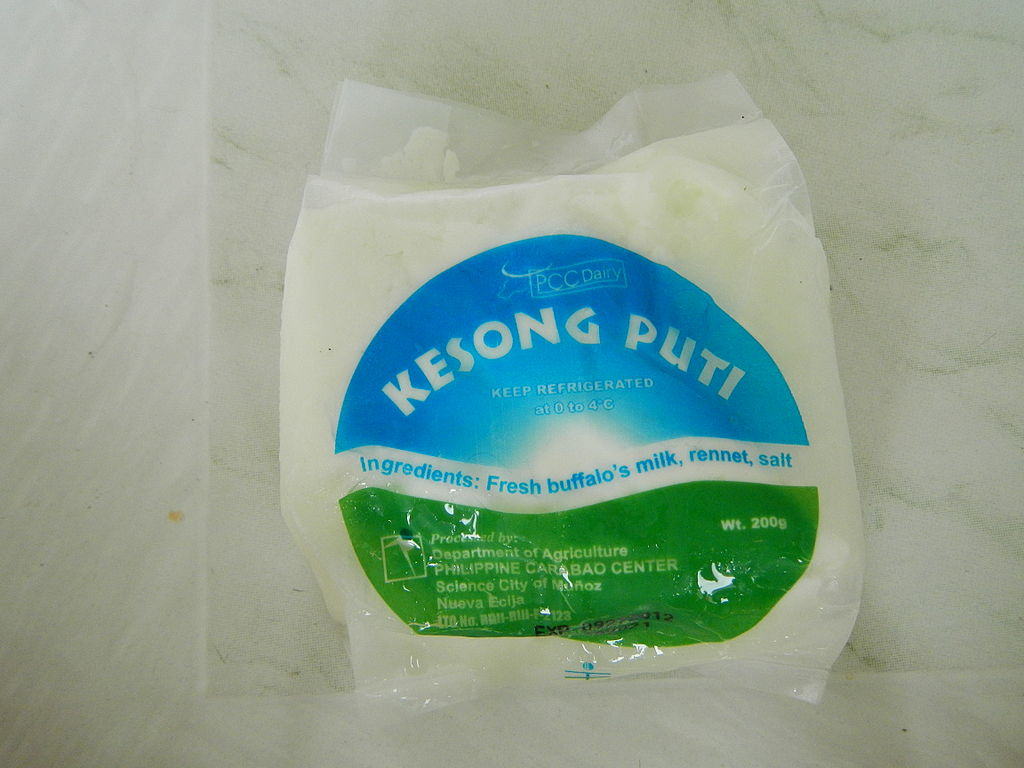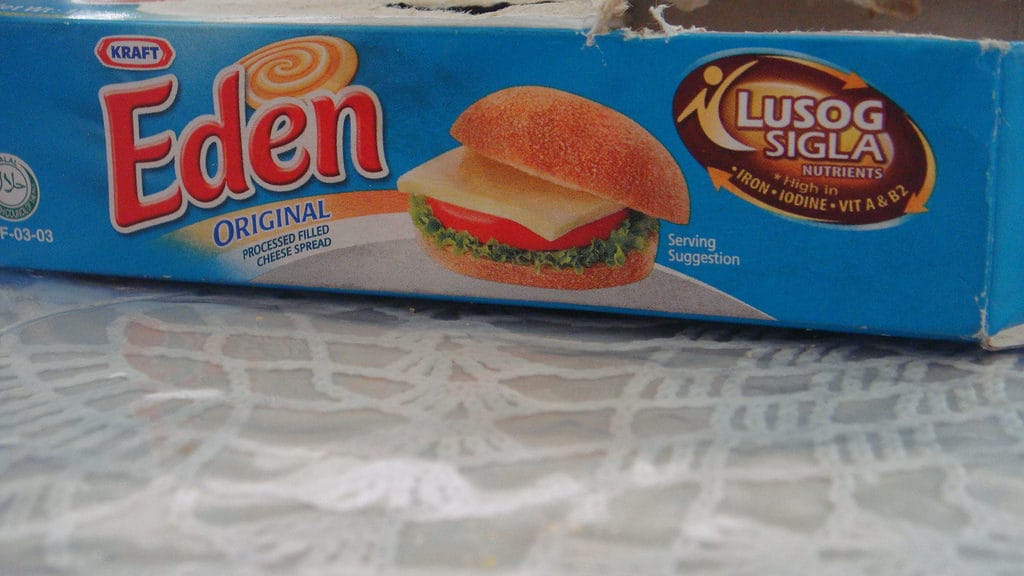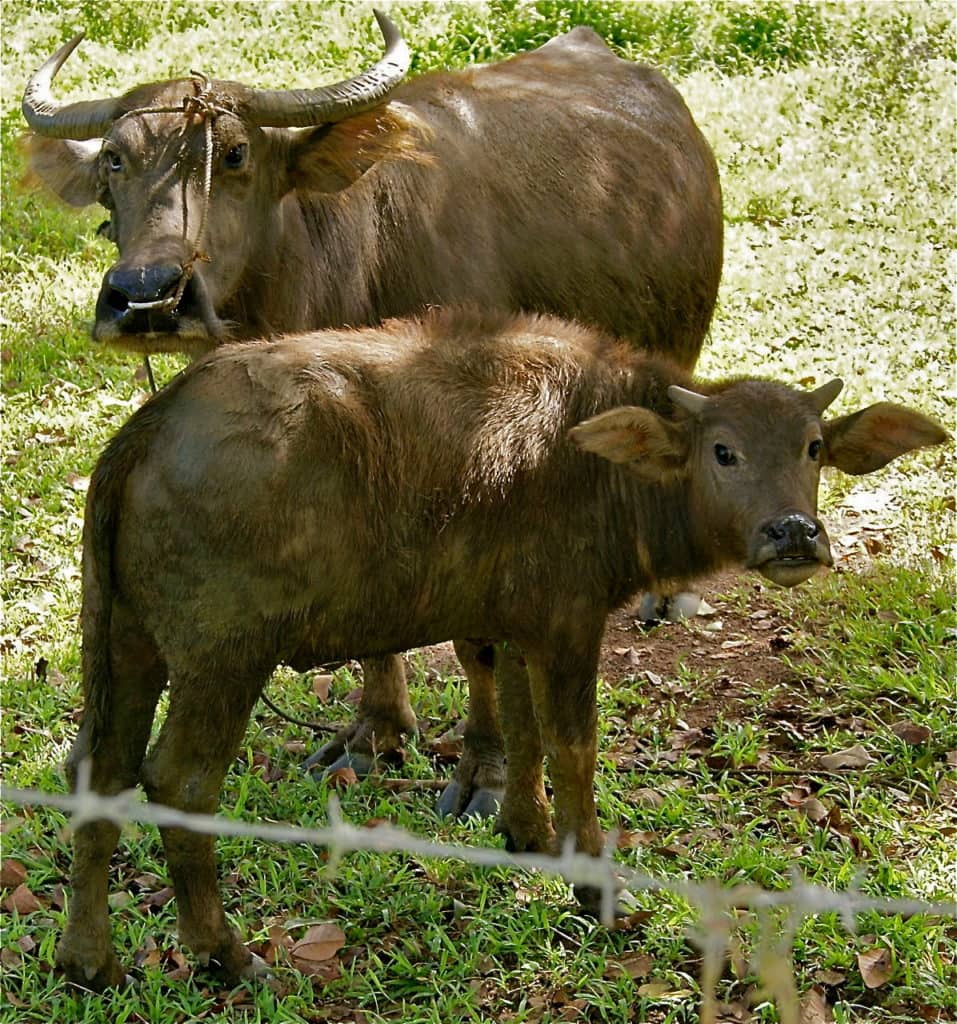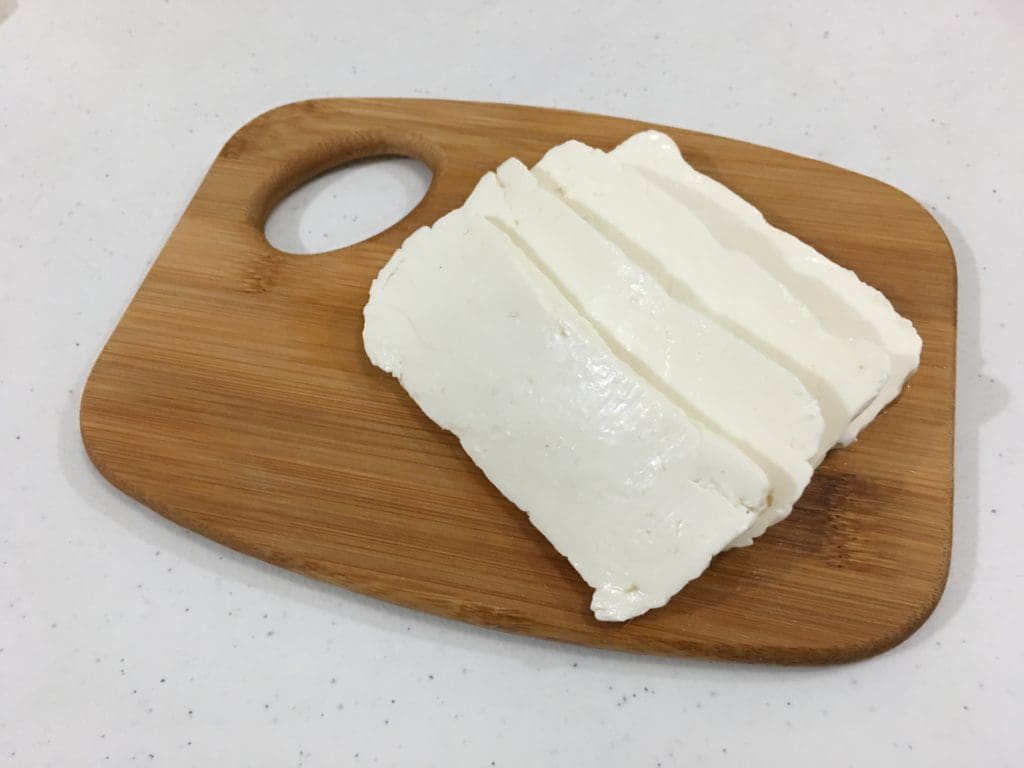
The Philippines is a cheesy dichotomy. On one end is the widely popular Kesong Puti, a traditional soft white cheese (don’t worry, more on this later), but other than this, the country’s cheese inventory is made up largely of processed cheeses like Eden and Kraft string cheese.
Cheez Whiz became available in groceries in the Philippines in 1967 and immediately became a fixture in the Filipino diet. Riding its unexpected wake of success, Eden Cheese was launched in 1985. Described by Mondelez International as a “pioneer” cheese, Eden paved the way for the trend of carton cheeses that persists throughout Filipino lunchboxes and dinner plates today.

Photo Credit: xxjoyceeyxx | Flickr
But way before the country became swept up in the carton cheese trend, there was Kesong Puti.
Kesong Puti, which translates literally to “white cheese” is a white-colored, springy cheese, similar to mozzarella. The cheese, which is made by producers all over the country, can range from smooth and silky to crumbly, with varying amounts of salt depending on the maker. Considering the cheese is produced both on a large commercial scale and in kitchens throughout the Philippines, the variation in texture and taste is a reflection of hundreds of different recipes and techniques. However, the main ingredients remain the same: salt, vinegar or rennet, and milk.
Traditionally, the cheese is made from the milk of carabaos, horned, domestic water buffalos native to the Philippines. Considered the country’s national animal, these ruminants are prized for their ability to work in the hot, humid climate, and have been incorporated into Filipino life in everything from agriculture to sport. No wonder, then, that their milk has also been heavily employed in the country’s culinary history. In fact in 2014, 36% of milk produced in the Philippines was from carabaos. With higher nutritional benefits (lower cholesterol and higher calcium) than its bovine neighbors and healthy doses of protein, fat, lactose, vitamins, minerals, and water, it’s been lauded as “the most complete food” by the Philippine Carabao Centre. The milk also measures up in taste: it’s similar to cow’s milk, but considered slightly creamier. Today, some producers use carabao, cow, or goat milk, or a combination of any of these.

Photo Credit: Alex S. Pronove | Wikimedia
Chun Valencia is the founder of the Official Cheese Lovers Club of the Philippines. When asked about Kesong Puti’s staying power in a country with little other cheese, she explains “it’s popular because it’s the only Filipino-made cheese that Filipinos know of, aside from Eden Cheese and other carton box cheeses (which aren’t actually cheese!)” Used as everything from a pizza and pasta topper to a sandwich filling, the versatile dairy is prevalent throughout the region’s restaurants and dinner tables.
Although few cheeses are widely prevalent, Chun stresses the growing number of artisan cheesemakers bringing unique cheeses to the Philippines. From a local farm producing Italian cheeses to a foreigner who settled down with a goat farm, the cheese scene in the Philippines is quickly changing.
From Kesong Puti to carton cheeses to new gourmet options, the Philippines demonstrates a remarkable variation in cheeses, all of which can be found in the same kitchens and even on the same plates.
Featured Image: Ramon FValesquez | Wikipedia Commons




